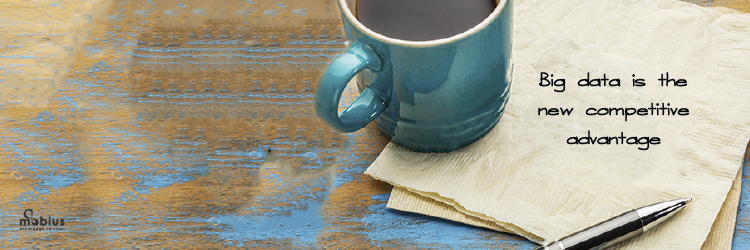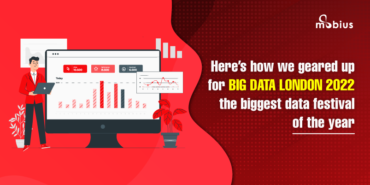Internet data is doubling every year, yet only 0.5% of it gets analyzed. Today, a lot more credible and usable data enters the Internet by default, like data from regulatory bodies, corporate data, news items, and consumer data. Many successful organizations use this data to derive competitive advantage like identifying consumer insights, tracking competitors and even bringing about new offerings or differentiate existing services.
However, everybody understands that there are big challenges in making this work. The obstacles to create a sustainable and predictable workflow to make a business use case are many. Discovering the right data sources, mapping relevant pieces of information together, aggregating from disparate sources, extracting from unstructured content, making them all come together using third-party tools and integrating with legacy systems are just a few challenges that can be listed. But, in spite of all that, businesses are figuring out newer applications for Internet data and ways for getting the most out of them. Couple of use cases from our own experiences can illustrate this better:
Case 1: One of our clients had built a workflow that scans newspapers and public sources for contracts and bids that get posted even at a small town local newspaper level and further tracking them for any amendments or addendums. Data collected from these sources are classified, and sliced and diced at different levels to create appropriate follow-up actions. Most of these contracts will require further government permits over the period of the execution. These contracts are also tracked and mapped to the original bids, which gets distributed to all the offices every day, leading to the expansion of their opportunities.
Case 2: There was an EU mandate for a certain industry to make its data open for public access. This was a data set that changes every minute and has a lot of cross-border implications. However, there were no clear guidelines on the data formats or standardization. Our client saw the potential in tracking data from hundreds of sites in multiple languages and in different formats to create a structured and normalized output. This created a totally new revenue stream in a traditionally mature market and the client was able to quickly enter and capture a sizeable market share.
In both the above cases, there were many challenges in designing and implementing the systems. But once done, it created a significant upside for our clients. The crux of the challenge is always to figure out a holistic solution that can be sustained to create competitive advantage. If the businesses can find the use cases, there are capabilities available today to make it work easier than you would imagine.







